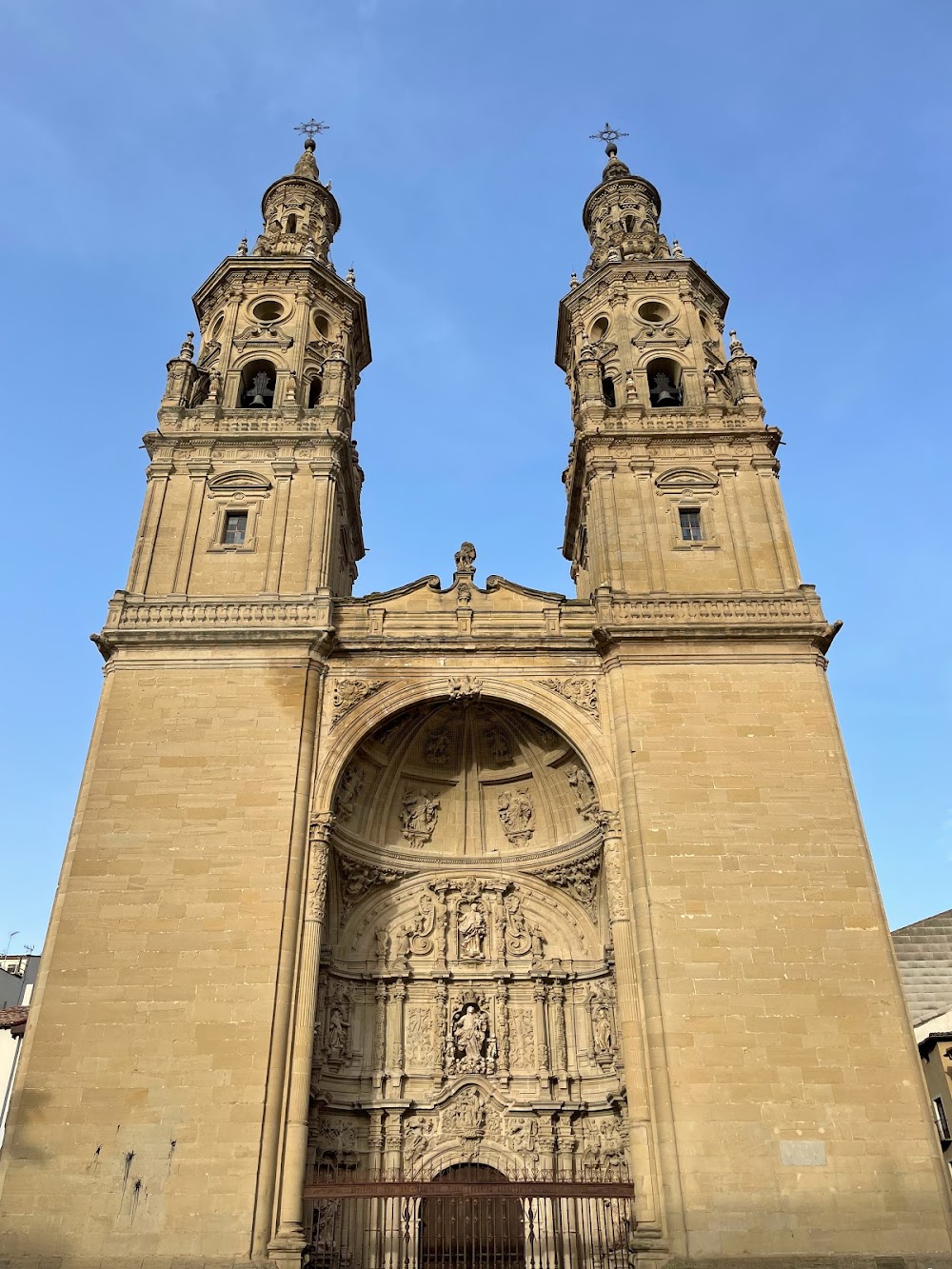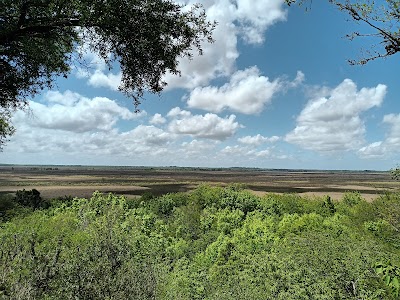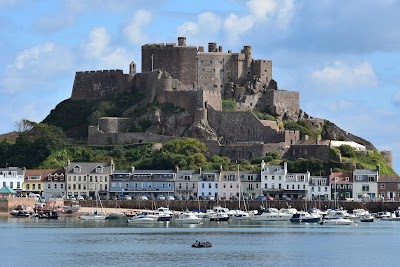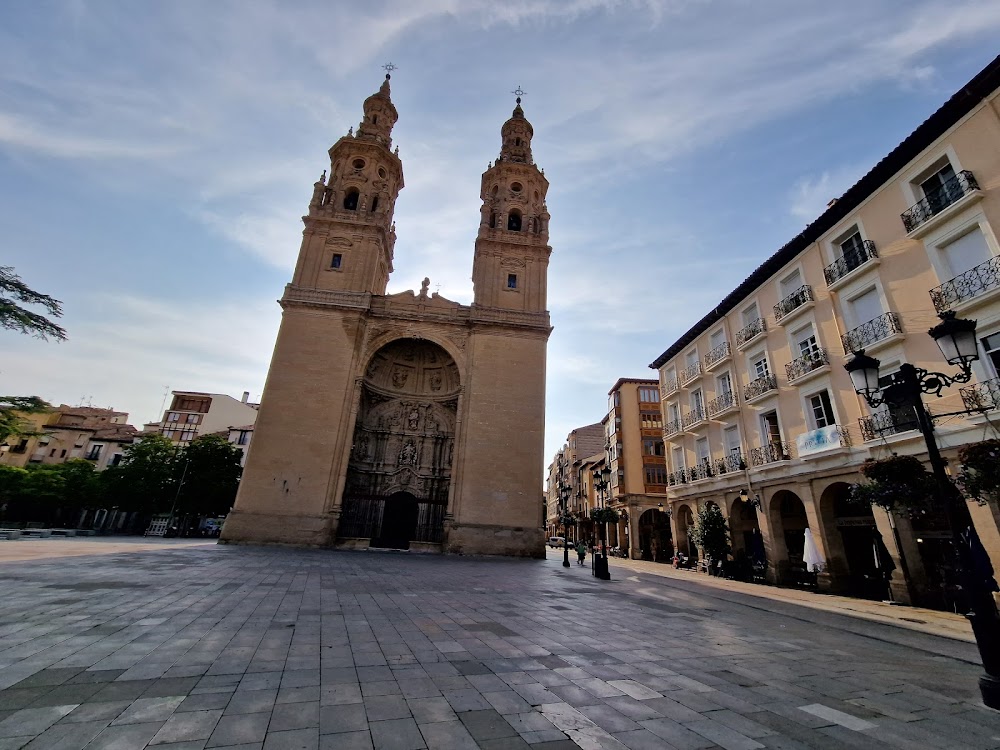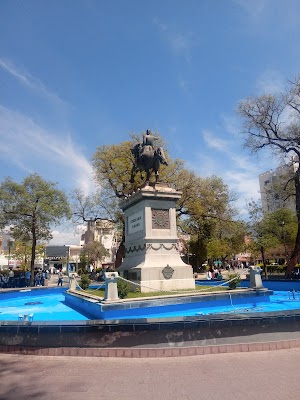Cathedral of La Rioja (Catedral de La Rioja)
Overview
In the heart of La Rioja, Argentina, lies the stunning Concatedral de Santa María de la Redonda de Logroño, commonly known as the Cathedral of La Rioja. This architectural marvel is not just a place of worship; it embodies the rich history and cultural heritage of the city, making it a must-visit destination for travelers and locals alike.
The cathedral's story begins in the early 16th century, a time when the community recognized the need for a significant religious structure. The citizens of La Rioja envisioned a spiritual center that would reflect their growing population and aspirations. Thus, construction commenced, with local artisans and laborers pouring their skills and dedication into creating a lasting symbol of faith and community.
Architecturally, the cathedral showcases a beautiful blend of Renaissance and Baroque styles, influenced by the European designs brought by Spanish settlers. They sought to replicate the grandeur of their homeland, and the cathedral’s design reflects this ambition. The initial phases focused on establishing a solid foundation, a task that spanned several years due to the limited construction technology of the time.
As the building process advanced, the necessity for a grand central dome became apparent. This dome was intended to represent the heavens and serve as a focal point of faith for the community. Expert craftsmen were enlisted to ensure the dome’s beauty and structural integrity, resulting in a breathtaking feature that continues to captivate visitors today.
The interior of the cathedral is equally impressive. As the dome neared completion, local artists began embellishing the space with intricate frescoes and religious artworks. These masterpieces narrate biblical stories and honor saints, serving both decorative and educational purposes for the congregation. The cathedral's thick stone walls provided an ideal canvas for these talented artisans, and their work has been remarkably preserved throughout the years.
Another key feature of the cathedral is its bell tower, which houses a set of locally cast bells that have been calling the faithful to service for centuries. Constructed with meticulous care, the tower stands as a testament to the commitment to durability and craftsmanship that characterizes the entire cathedral. These bells mark significant events and daily prayers, resonating throughout the city and fostering a sense of community.
Over the years, the Concatedral de Santa María de la Redonda de Logroño has undergone various renovations aimed at preserving its structural integrity. These efforts are essential to combat the natural wear and tear experienced by a building of such age and importance. By incorporating modern techniques and materials, the cathedral remains a vital part of La Rioja's cultural and religious landscape.
Beyond its role as a place of worship, the cathedral also serves as a community hub, hosting a variety of events throughout the year, including concerts, exhibitions, and festivals. These activities attract both locals and tourists, fostering a spirit of unity and celebration around this historic landmark.
One of the most enchanting aspects of the cathedral is its ability to blend the old with the new. While it retains its centuries-old charm, the introduction of modern amenities ensures that it remains relevant in today’s world. This harmonious fusion of historical and contemporary elements makes the cathedral a unique and fascinating destination for visitors.
In conclusion, the Concatedral de Santa María de la Redonda de Logroño stands as a powerful testament to the dedication and craftsmanship of the people of La Rioja. Its construction involved the collaborative efforts of many individuals over several decades, and as it continues to serve as a place of worship and community gathering, it remains a symbol of the enduring spirit and faith of its builders and the generations that have followed.


